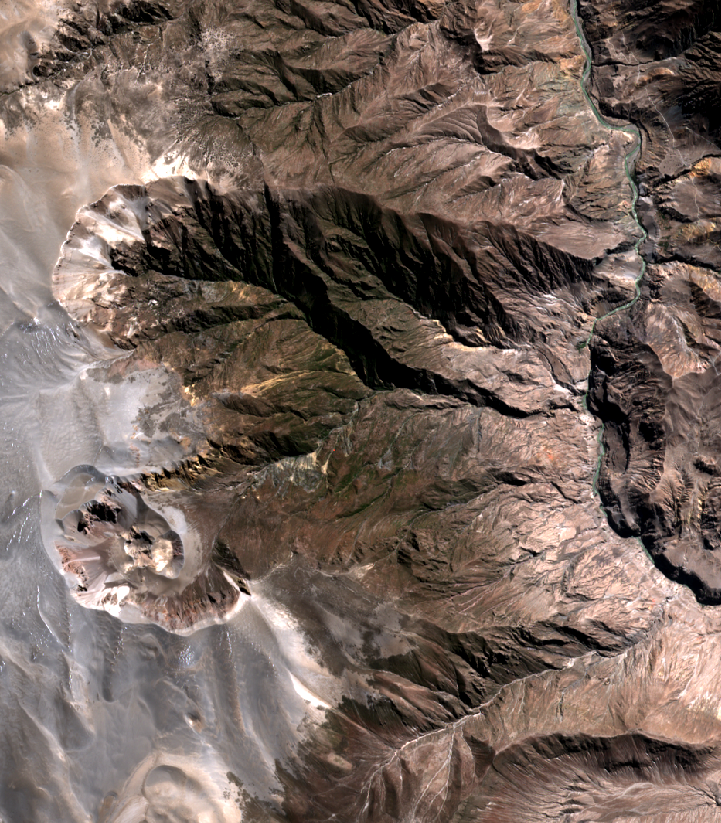Krakatoa skies: when the Sun turned blue
Just after 4pm, the phones started ringing at the Royal Observatory on Blackford Hill. Caller after caller reported seeing the sun. The date was September 27, 1950, and the place was Edinburgh, Scotland. Seeing the sun in Scotland can be a bit of a rarity, but even the Scots knew that the sun should not…








